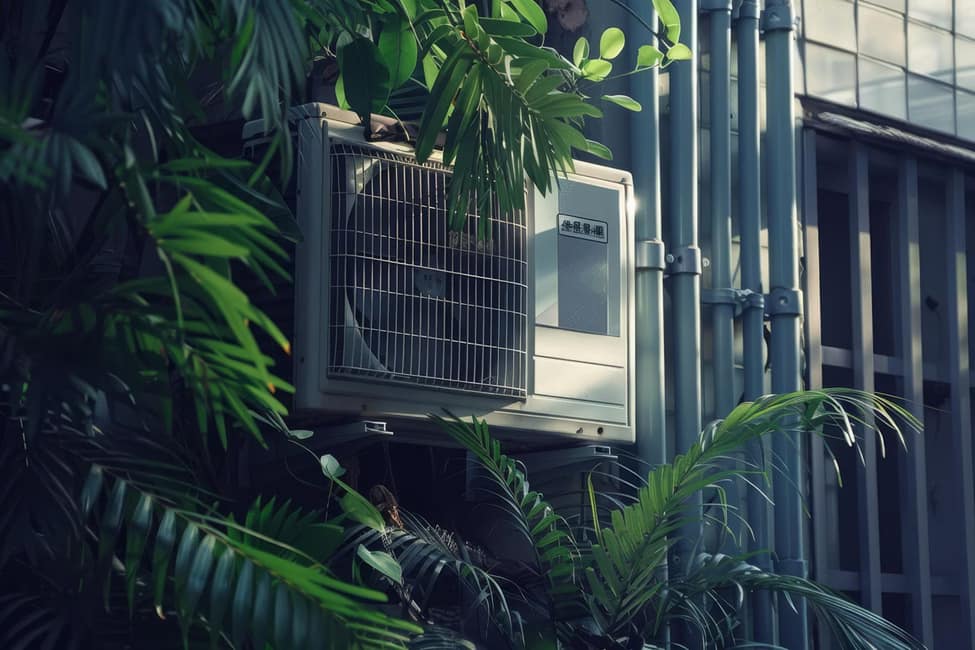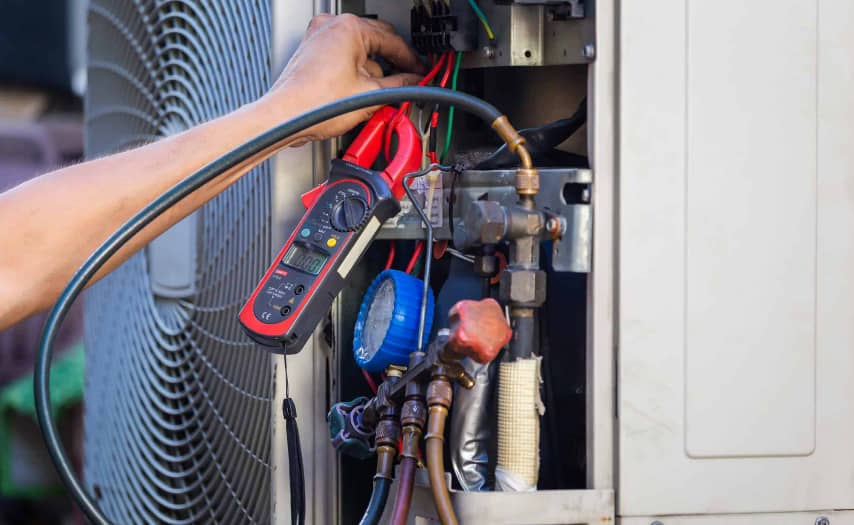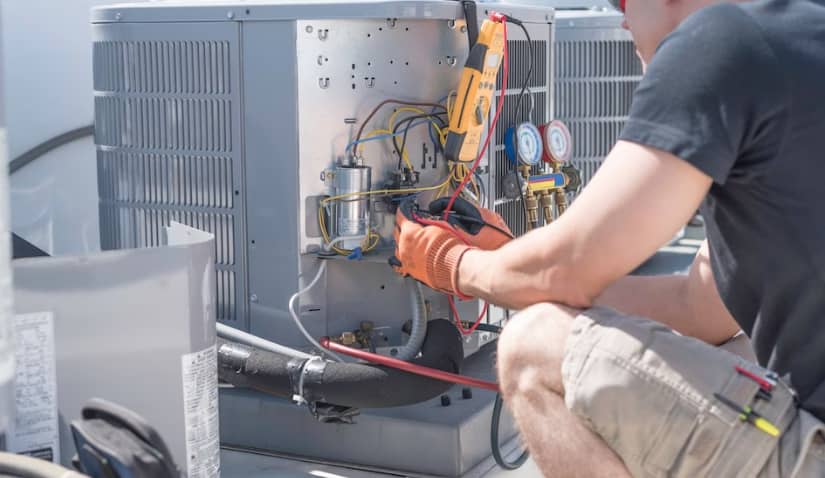Last Updated on April 8, 2025 by SampleBoard
The challenge of maintaining a comfortable home temperature while managing energy costs continues to shape how we approach residential climate control.
Modern solutions now blend innovative technology with sustainable practices, offering homeowners effective ways to regulate their living spaces throughout changing seasons.
As energy costs rise and environmental awareness grows, the focus shifts toward solutions that maximize comfort while minimizing ecological impact.
These approaches transform how we think about temperature regulation, from smart technology integration to strategic home improvements.

The integration of smart thermostats stands at the forefront of energy-efficient temperature management.
These devices learn from your preferences and daily routines, automatically adjusting temperatures to optimize comfort and energy usage.
Energy Star-certified smart thermostats demonstrate measurable benefits, reducing heating and cooling costs by approximately 8% and saving homeowners an average of $50 annually on utility bills.
Modern smart systems go beyond basic programming, incorporating features like zone-based temperature control and weather-responsive adjustments.
They analyze patterns in your heating and cooling preferences, making micro-adjustments that significantly reduce energy consumption.
Strategic landscaping emerges as a powerful tool for natural temperature control.
Deciduous trees planted on the south and west sides of homes provide natural shade during summer months while allowing beneficial sun exposure in winter.
Window treatments play a crucial role in temperature regulation.
Thermal curtains and cellular shades create additional insulation layers, reducing heat loss in winter and blocking excess solar gain during summer months.
Placing outdoor features like pergolas and awnings provides additional temperature control benefits. These structures shield windows and walls from direct sunlight, naturally cooling your home during warmer seasons.
Heat pumps over ten years old typically operate at significantly lower efficiency levels compared to modern units.
Replace your heat pump with a high-efficiency model to reduce energy consumption, making it one of the most impactful improvements for year-round temperature control.


Advanced insulation materials transform how homes maintain consistent temperatures.
Modern solutions include aerogel-based products and phase-change materials that adapt to temperature fluctuations, providing superior thermal regulation.
Proper attic insulation proves particularly effective, as it prevents heated air from escaping in winter and reduces heat transfer during summer.
The latest spray foam technologies offer improved coverage and higher R-values than traditional materials.
Wall and floor insulation upgrades significantly impact overall home comfort.
New eco-friendly options from recycled materials combine environmental consciousness with exceptional thermal performance.

Mechanical ventilation systems with heat recovery capabilities maintain fresh air circulation while preserving temperature-controlled air.
These systems recover up to 85% of heat from exhaust air, significantly reducing the energy needed for temperature maintenance.
Natural ventilation techniques, when properly implemented, supplement mechanical systems.
Strategic window placement and the creation of air channels allow for effective cross-ventilation during moderate weather conditions.
The incorporation of ceiling fans enhances air circulation, making rooms feel more comfortable without significant temperature adjustments.
Modern energy-efficient models use minimal electricity while maximizing air movement.

High-performance windows with low-E coatings and multiple panes dramatically improve temperature regulation.
These windows reflect unwanted infrared light while allowing visible light to pass through, optimizing natural lighting and temperature control.
Window films offer an affordable upgrade option for existing windows. New ceramic-based films provide excellent heat rejection properties while maintaining clarity and natural light transmission.
The strategic replacement of older windows with energy-efficient models typically shows immediate benefits in temperature control and energy savings.
Modern frames with thermal breaks and improved sealing technologies prevent unwanted air transfer.
Advanced heat pump systems provide both heating and cooling capabilities with remarkable efficiency.
The latest models maintain effectiveness even in extreme temperatures, offering year-round comfort with reduced energy consumption.
The U.S. Department of Energy reports that Energy Star-certified heating and cooling systems can reduce annual energy bills by 10-30% with proper installation, demonstrating significant savings compared to standard equipment.
Regular HVAC maintenance ensures optimal system performance.
Professional servicing, combined with routine filter changes and duct cleaning, maintains efficiency and extends equipment lifespan.
Smart venting systems direct airflow where needed, eliminating energy waste in unused spaces.
Programmable zones allow for customized temperature control throughout different areas of the home.
Energy monitoring systems provide real-time data on temperature control effectiveness and energy usage.
These insights help homeowners optimize their comfort settings while identifying potential efficiency improvements.
Weather forecasting integration allows climate control systems to anticipate and prepare for temperature changes.
This proactive approach maintains comfort while minimizing energy consumption during extreme weather events.
Regular energy audits help identify areas for improvement in home temperature regulation.
Professional assessments can reveal hidden issues affecting climate control efficiency and suggest targeted solutions.
Implementing energy-efficient temperature control solutions typically provides returns beyond immediate comfort improvements.
Reduced utility costs, increased property value, and decreased environmental impact create lasting benefits for homeowners.
To enhance these benefits even further, homeowners can use Business Energy Comparison to discover energy-saving options that help lower electricity consumption and reduce monthly utility bills.
The combination of multiple efficiency strategies often yields better results than single solutions.
Integrating various approaches creates a comprehensive system for year-round comfort management.
As technology continues advancing, new solutions emerge regularly.
Staying informed about efficiency innovations helps homeowners make strategic upgrades that enhance comfort while reducing energy consumption.